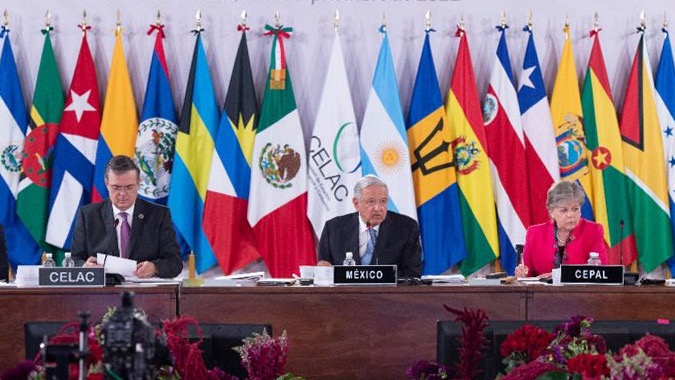Access to Clean Water and Sanitation: South American Community Development Projects

Updated at: 2023-08-27 11:42:47 (1 year ago by Melkisedeck Leon Shine)
Access to Clean Water and Sanitation: South American Community Development Projects
In today's fast-paced world, it is easy for us to take basic necessities such as clean water and sanitation for granted. However, millions of people in both North and South America still struggle to access these essential resources. In this article, we will explore the contemporary issues surrounding community and social development in North and South America, with a specific focus on access to clean water and sanitation. By shedding light on this issue, we hope to motivate and inspire individuals to take action and promote unity in our region.
-
Importance of clean water and sanitation: Clean water and sanitation are fundamental human rights. They are essential for maintaining good health, preventing diseases, and ensuring the overall well-being of individuals and communities.
-
Water scarcity in South America: Despite being home to vast water resources, many regions in South America suffer from water scarcity. Climate change, population growth, and poor water management contribute to this issue, further exacerbating the challenges faced by communities.
-
Impact on communities: Lack of access to clean water and sanitation has severe consequences for communities. It affects their health, education, and economic opportunities. Women and children, who are often responsible for fetching water, bear the brunt of this burden.
-
Community-led development projects: Across North and South America, numerous community-led development projects are working tirelessly to address the issue of access to clean water and sanitation. These projects involve local residents, governments, and NGOs, focusing on sustainable solutions tailored to the specific needs of each community.
-
Rainwater harvesting systems: In regions with limited access to clean water, rainwater harvesting systems have proven to be effective solutions. These systems collect rainwater from rooftops and store it for daily use, providing a reliable and safe source of water.
-
Water filtration and purification systems: To ensure clean water, community development projects introduce water filtration and purification systems. These technologies remove harmful contaminants, making water safe for consumption and reducing the risk of waterborne diseases.
-
Sanitation infrastructure: Access to proper sanitation facilities is equally important. Community development projects aim to construct toilets, sewage systems, and wastewater treatment plants to improve sanitation conditions and prevent the contamination of water sources.
-
Education and awareness: Community development projects also focus on educating communities about the importance of clean water and sanitation. By raising awareness about hygiene practices and providing training on water management, these projects empower individuals to take ownership of their water resources.
-
Partnerships and collaboration: Addressing the issue of access to clean water and sanitation requires collaboration between governments, NGOs, and communities. By fostering partnerships, sharing resources, and leveraging expertise, these projects can achieve sustainable and long-lasting impact.
-
Success stories: Many success stories have emerged from community development projects across North and South America. For example, the "Water for Life" initiative in Peru has provided access to clean water for over 600,000 people, significantly improving their quality of life.
-
Empowerment through skills development: It is crucial to empower individuals with the skills and knowledge to address community development issues themselves. By investing in training and capacity building, communities can become self-sufficient in managing their water and sanitation resources.
-
Advocacy and policy reform: In addition to local initiatives, advocating for policy reform at the regional and national levels is essential. By pushing for legislation that prioritizes access to clean water and sanitation, communities can create lasting change and ensure a brighter future for all.
-
Taking action: Individuals can play a vital role in promoting access to clean water and sanitation. By supporting community development projects, raising awareness, and advocating for change, we can contribute to the overall well-being and unity of North and South America.
-
Join the movement: Are you passionate about community and social development? Take the first step by educating yourself about the contemporary issues in your region. Learn about ongoing projects, volunteer, or donate to organizations working towards access to clean water and sanitation.
-
Share this article: Together, we can make a difference. Share this article with your friends, family, and social networks to spread awareness and inspire others to join the movement for access to clean water and sanitation in North and South America.
Join us in creating a brighter future for all! #WaterForAll #CleanWaterNow #CommunityDevelopment


